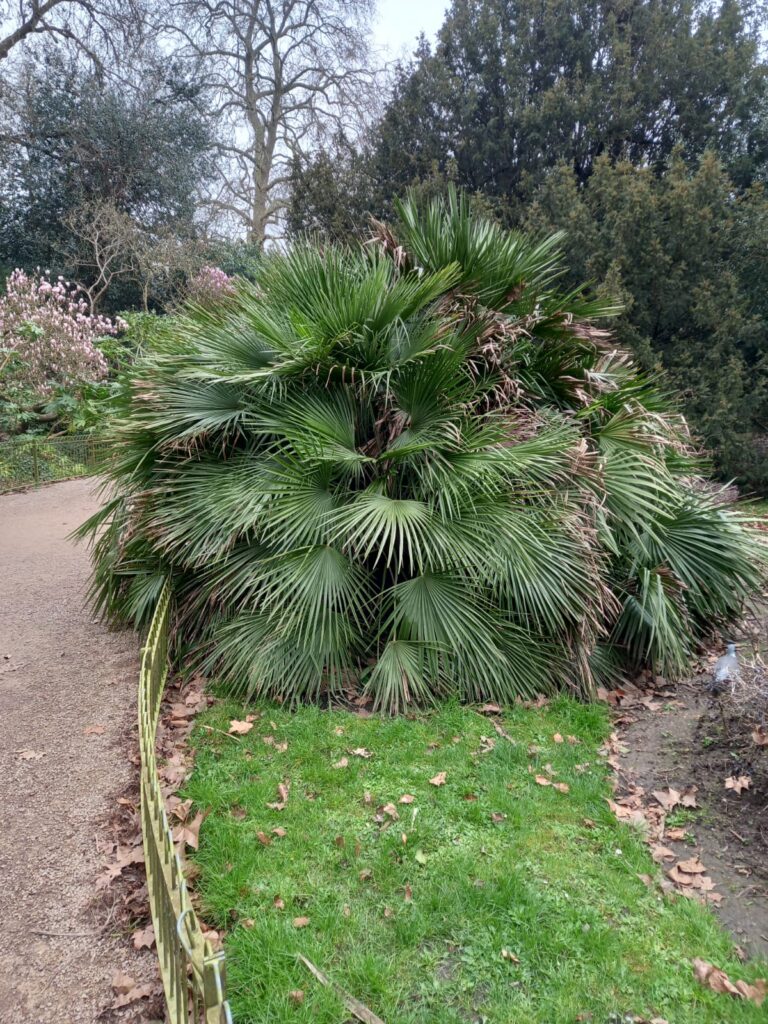Battersea Park is a 200 acres Victorian Era Park in the borough of Wandsworth at south bank of the river Thames. It’s one of the most lush and exotic in London. The Park is registered grade II for Historic Parks and Gardens. The Park is located near Battersea power station. It’s a famous place of the Battersea Fireworks for the Guys Fawkes’s Bonfire night. There’s variety of plants from the English Garden to the subtropical garden. Park offers multiple outdoor facilities which includes a children zoo, boating, cycle hire, go ape and trim trail. By the way you can stop at the Pump House Gallery to see contemporary arts. You can also walk on the promenade alongside the River Thames and the London Peace Pagoda while heading to the Pear tree caffe, which is popular in the Park.
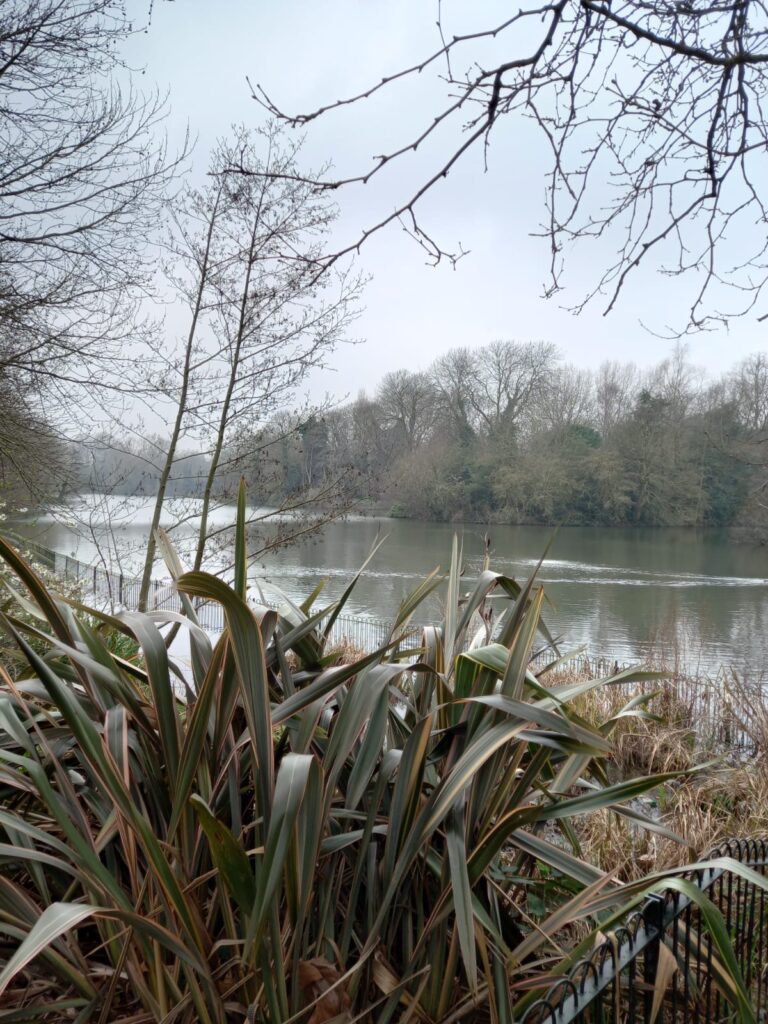

History
During the early 19th Century the place was a duelling field called Battersea fields. Marshes, streams, crops and lavender covered the Park in that time and prior. So architect Thomas Cubitt is the organiser of the scheme to create the Park in 1845. His great-great-great granddaughter is Queen Camilla. However architect James Pennethorne is responsible for the laid out. The park opens no earlier than 1858. During both world wars the Park is a place for anti-aircraft guns and barrage of balloons to protect London from air raids. So throughout history Battersea Park hosted concerts, funfairs, football matches. In 1996 Battersea Park is the film location for the 101 Dalmatians as St James’s Park.

The Old English Garden
The old English garden in Battersea Park is the most beautiful part in the park. It’s certainly an oasis of calmness like many other parks in London. The first thing we see is the fountain and the basin covered with lily pads. So the old English garden is built in the early 1900’s which is 40 years after the park opened. It’s a good spot for chilling, sitting, contemplating the nature, reading a book. If you want to slow down in the hustling and bustling London, this place is for you!
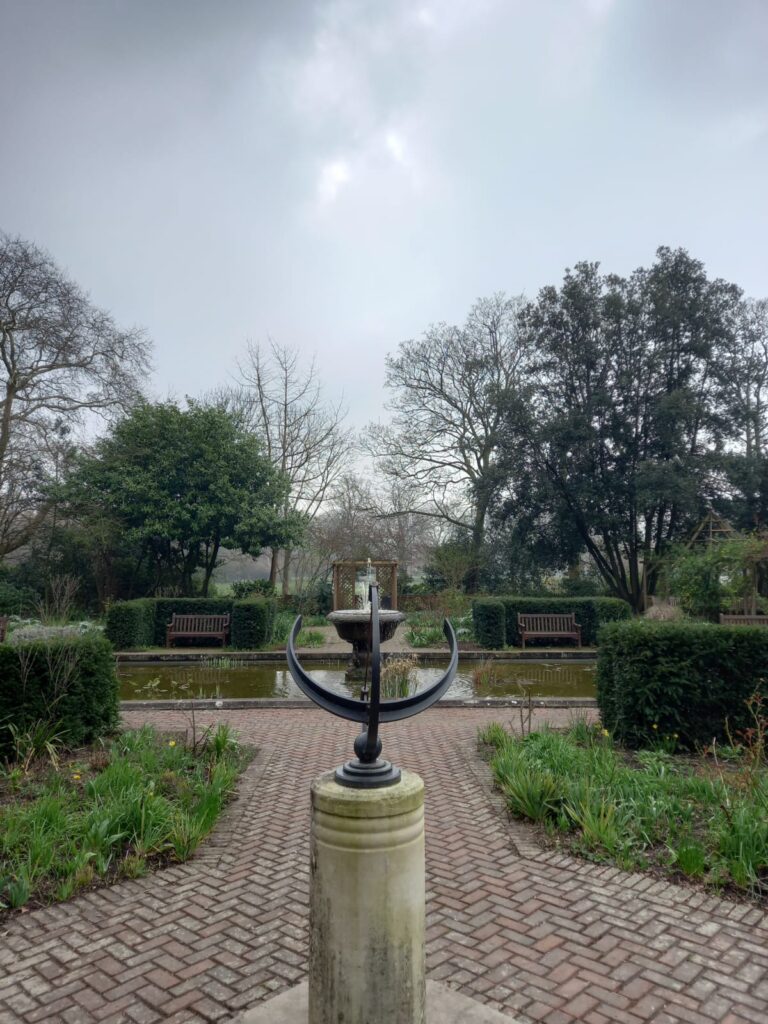
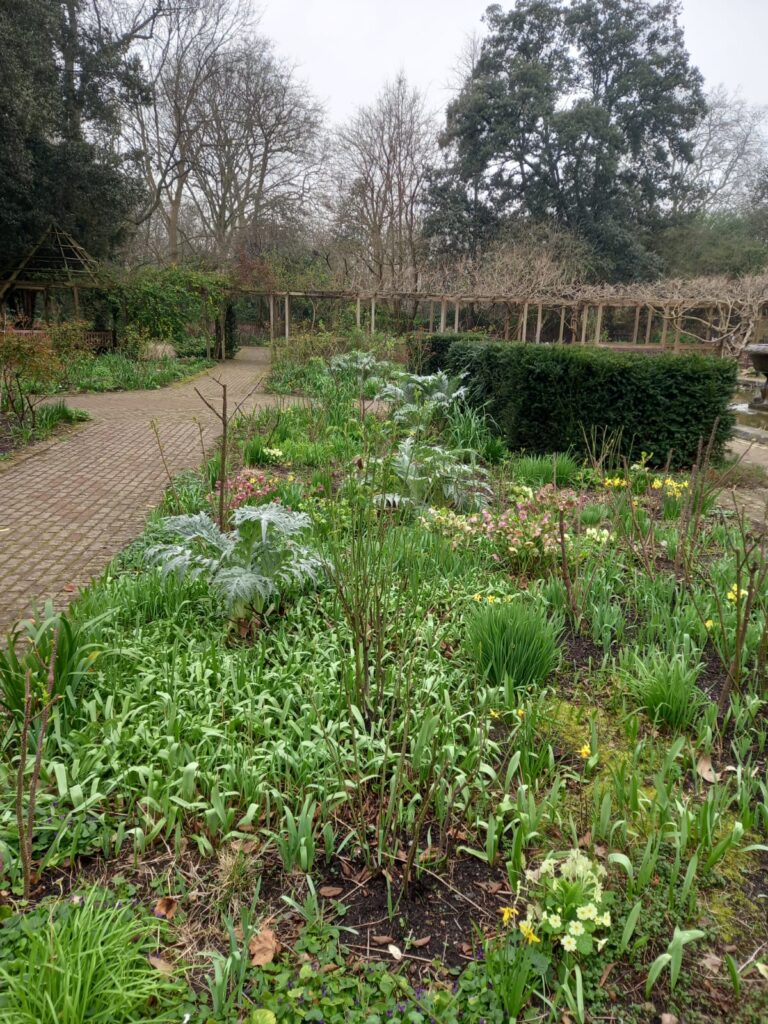
The Pump House Gallery
The Pump house Gallery is indeed the former Pump house to supply the boating lake. The Boating lake is located in the middle of the park which architects James and William Simpson found vital to supply. James and William designs and build it in 1861. The Pump House remains derelict until its restauration in the late 80’s to turns into an art Gallery. The Gallery houses arts exhibition, contemporary arts and annual outdoor exhibitions. The Gallery is also a wedding venue.
The London Peace Padoga
The peace Padoga is one of the Battersea Park Landmark located on the river bank. There are 80 Peace Padogas around the world. Peace Padogas are Buddhist shrines to find peace and tranquillity. The shrines aim to promote peace and unity in the world. So the reason to build these monuments is the aftermath of WWII. The first Padogas are built in Japan in Kumamoto as well as in Hiroshima and Nagasaki. The initiator is a close friend of Ghandi whose name is Nichidatsu Fuji. Nichidatsu is the founder of of the Nipponzan-Miyohoji movement Buddhist order.
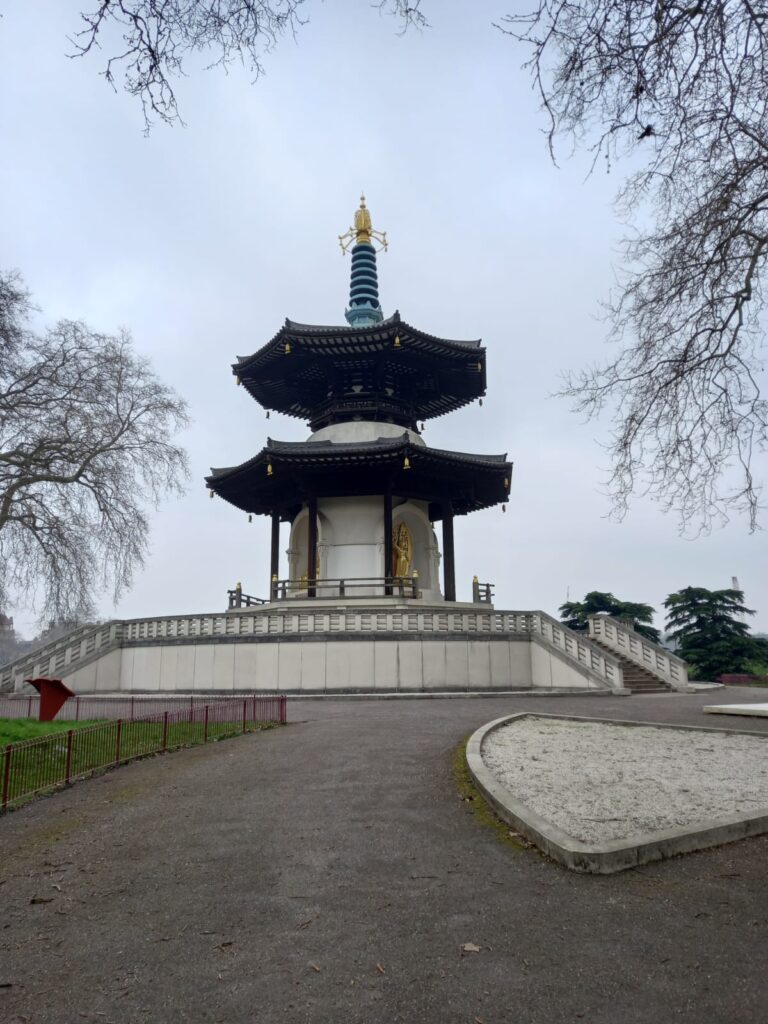
The London Padoga appears in Battersea Park in 1985. Just few weeks after Fuji’s death at the age of 100. The Padoga features Gilt-bronze statues representing the life of Buddha at different stage. So coming from the peaceful English garden to the peace Padoga is a good itinerary. On top of that it offers a panoramic view of Chelsea embankment.
The sub-tropical garden
The sub-tropical garden is one of the most interesting parts in the park. With its diversity of plants, palm trees and flowers. It’s the first of its kind in the UK due to its unusual features. So in 1863 botanist John Gibson creates the sub-tropical gardens as a result of his travels to India, Madeira and South Africa. He didn’t just bring back exotic plants but also his ideas.

The garden attracts curiosity from visitors in the 19th Century because of the uniqueness of this haven in London and its vibrant unusual colours. It’s a micro-climate in the middle of England as Gibson creates a belt of trees to cut the wind. The planting bed on bricks is best for drainage, bricks stores the heat from the day to diffuse it during the night. The garden disappear at the break out of WWII until its restoration in 2004. Wandsworth Council through the Heritage Lottery Funds restore the garden to its original glory.
